- Home
- /
- Stories
Stories
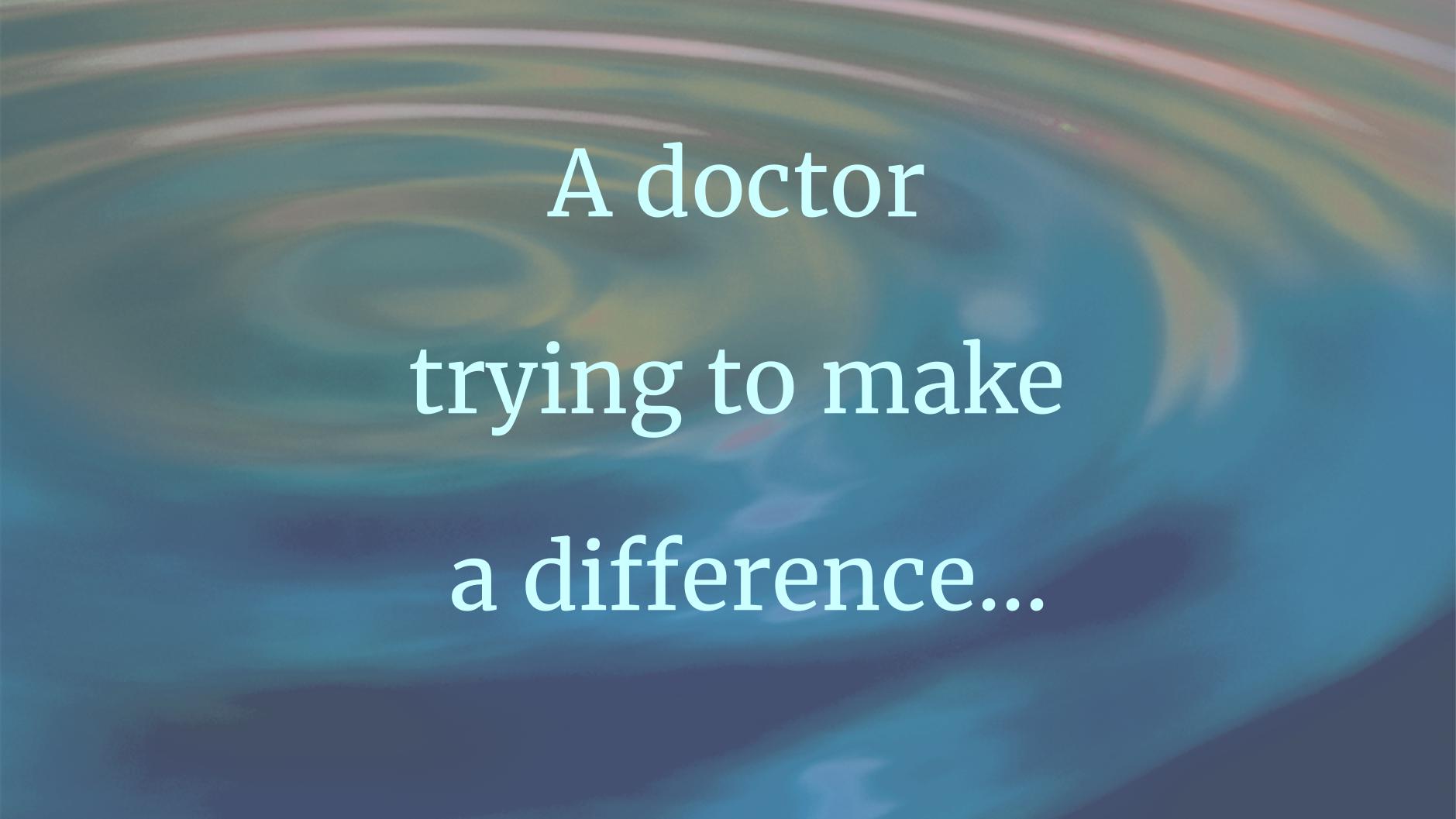
This Is Why
Tierra Nueva, Dominican Republic
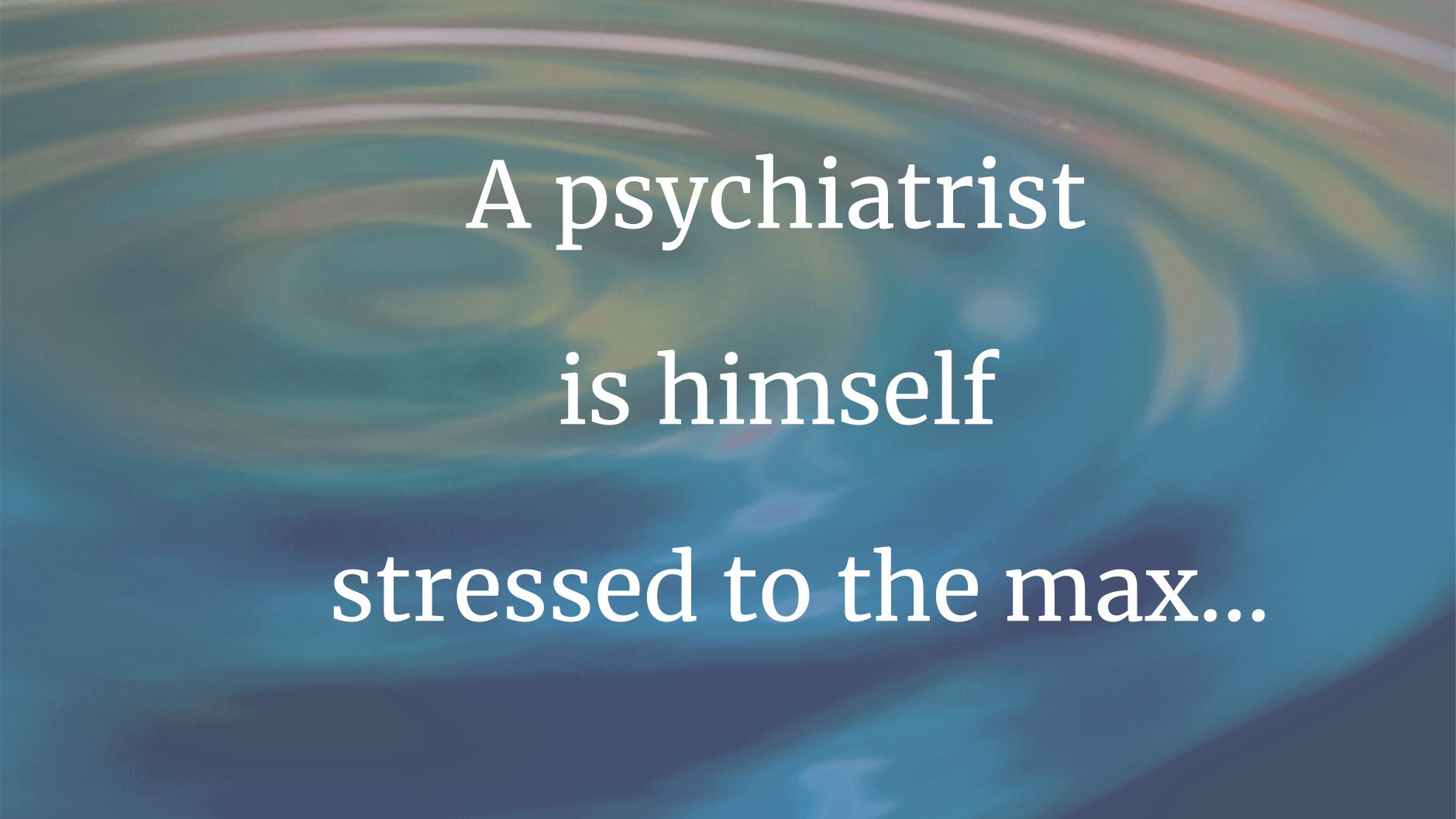
Burned Out
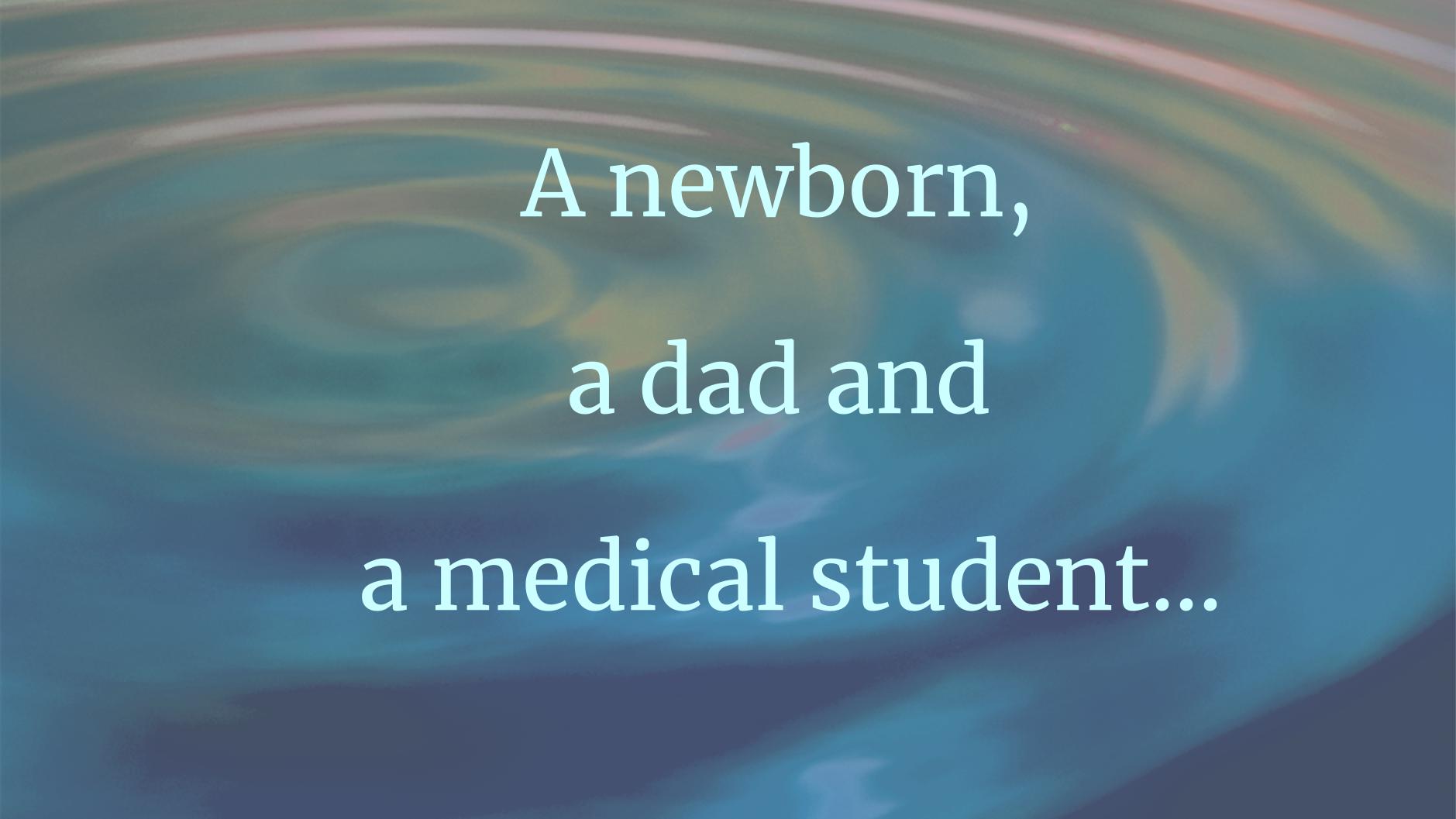
Code Pink
When a code is called in the hospital, it means two things: A caregiver’s day is about to be turned upside-down, and a patient’s world is about to fall to pieces. If you’re a caregiver, when a code is called you look up from your own work and wonder who’ll be sprinting through the halls and whose story is unfolding.
This time, the story was ours.
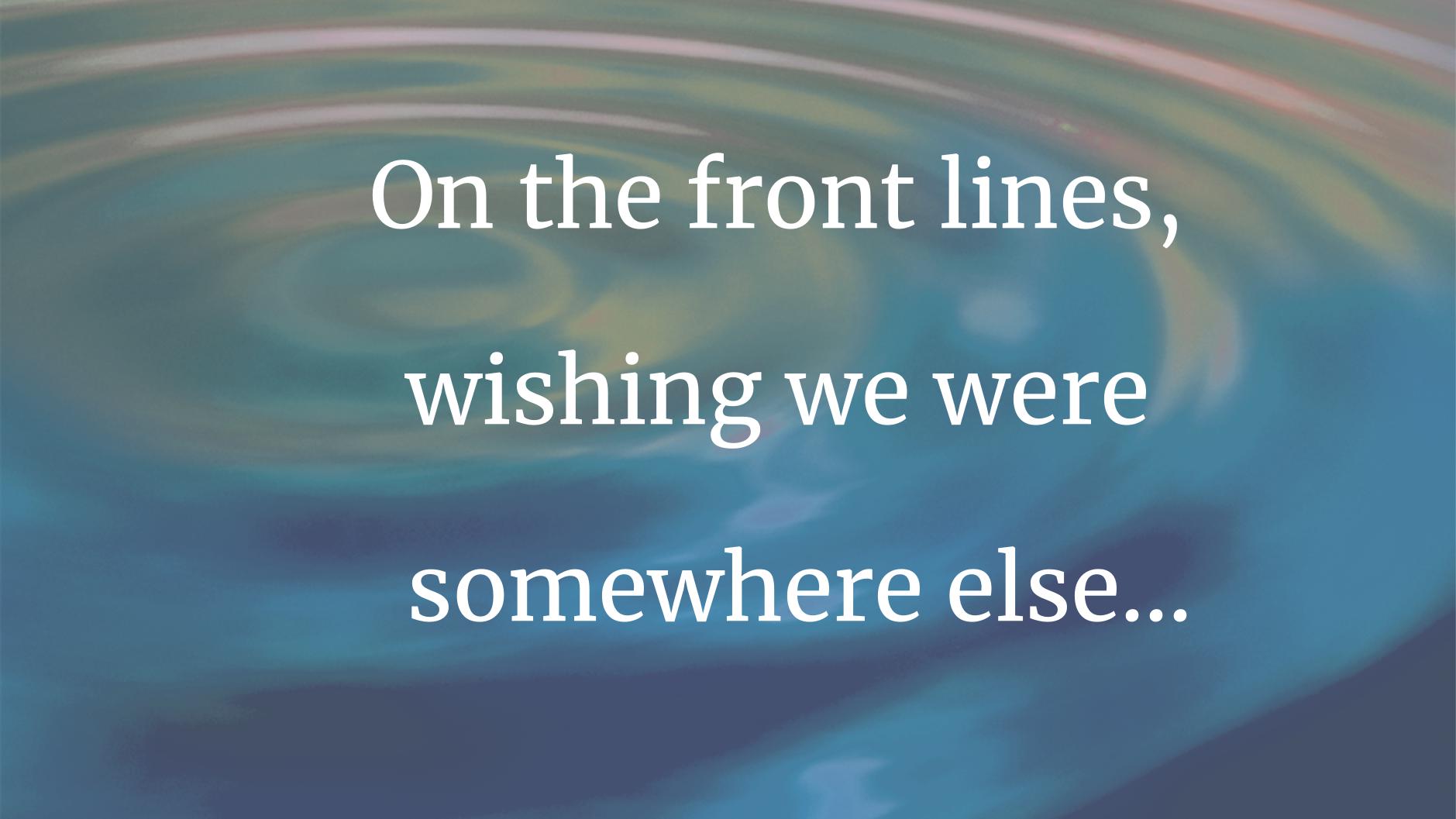
Please Don’t Call Us Heroes
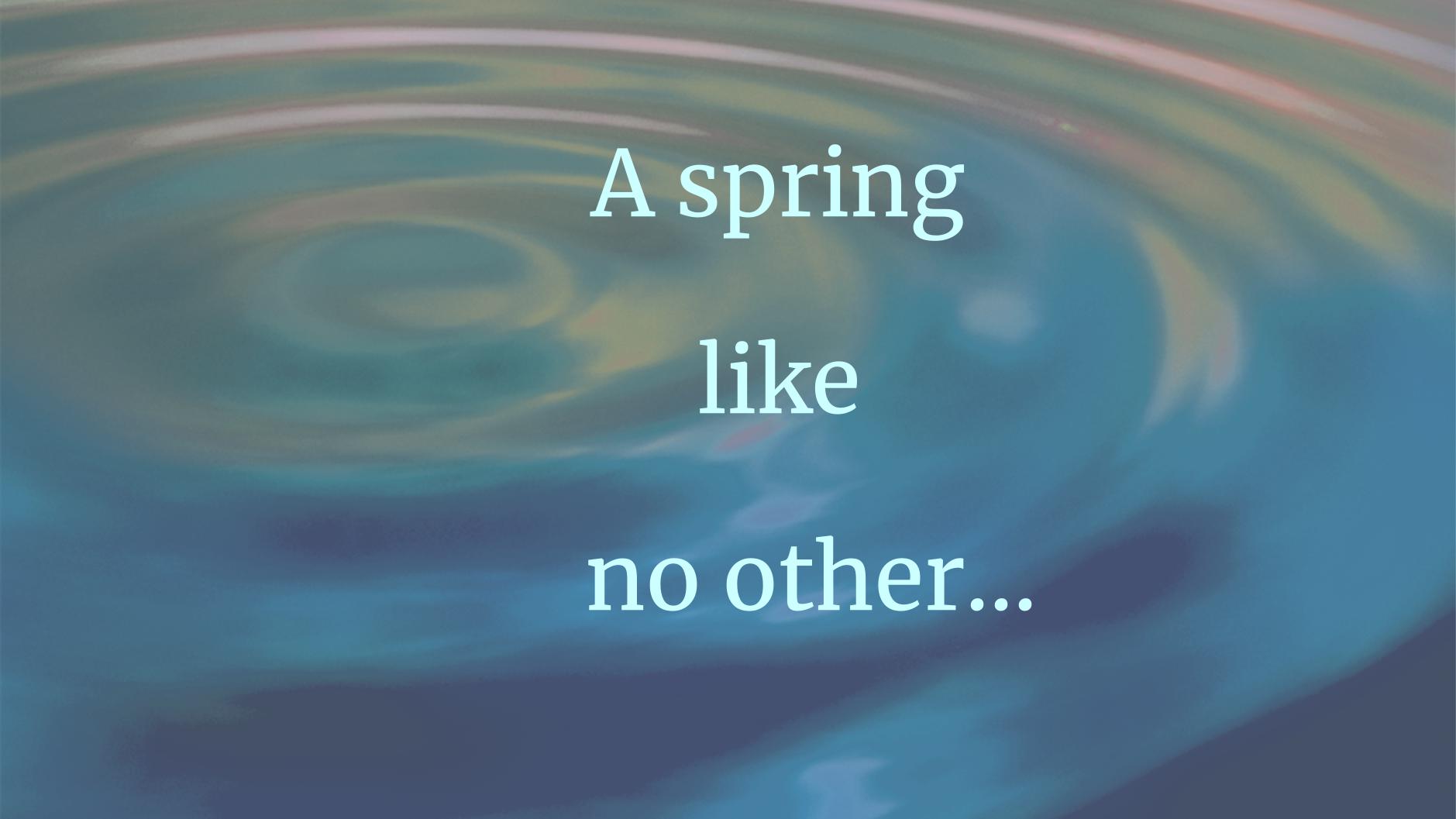
Inside the Respiratory Tent
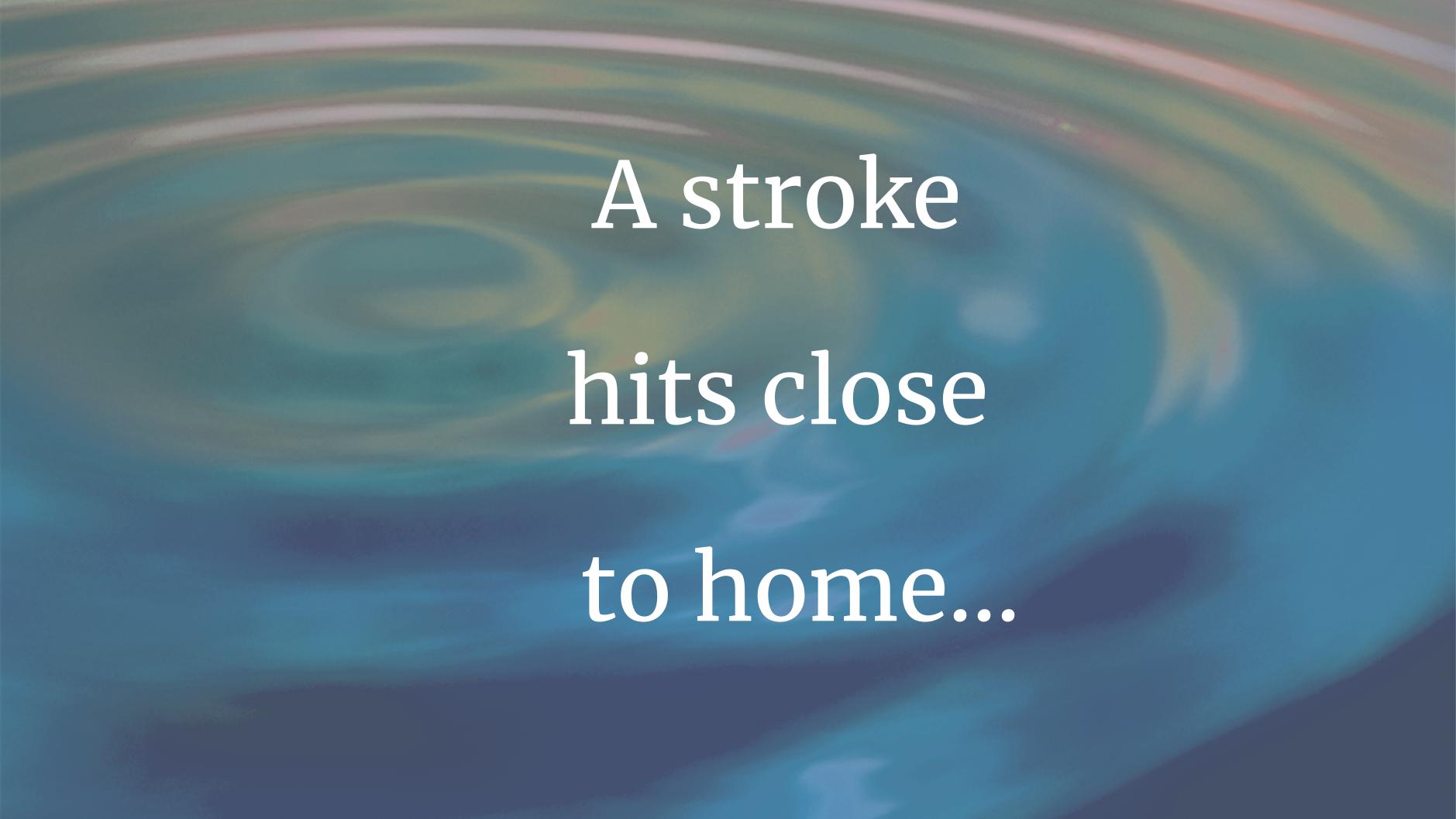
Mommy Chuy
Mrs. Hernandez is a ninety-two-year-old Spanish-speaking woman, originally from Mexico, with high blood pressure and high cholesterol, who arrived in the emergency department of the hospital where I’m a fourth-year medical student.
Her right arm and leg were weak, the right side of her face drooped; her speech was slurred, and she seemed confused. Her CT scans showed that a blood clot had blocked her middle cerebral artery, in the area of the brain that governs language. Mrs. Hernandez was a stroke victim.
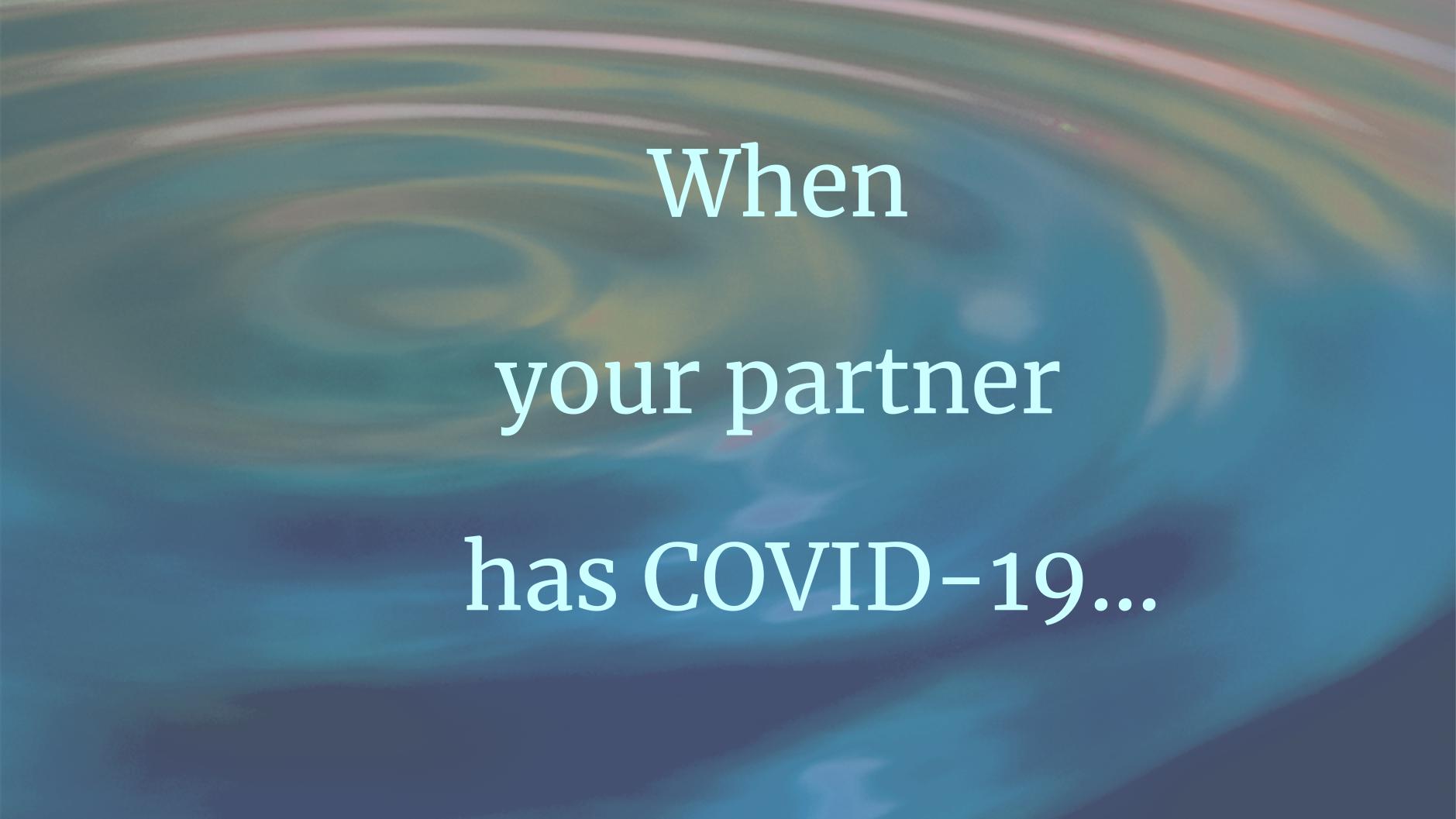
Doing Time
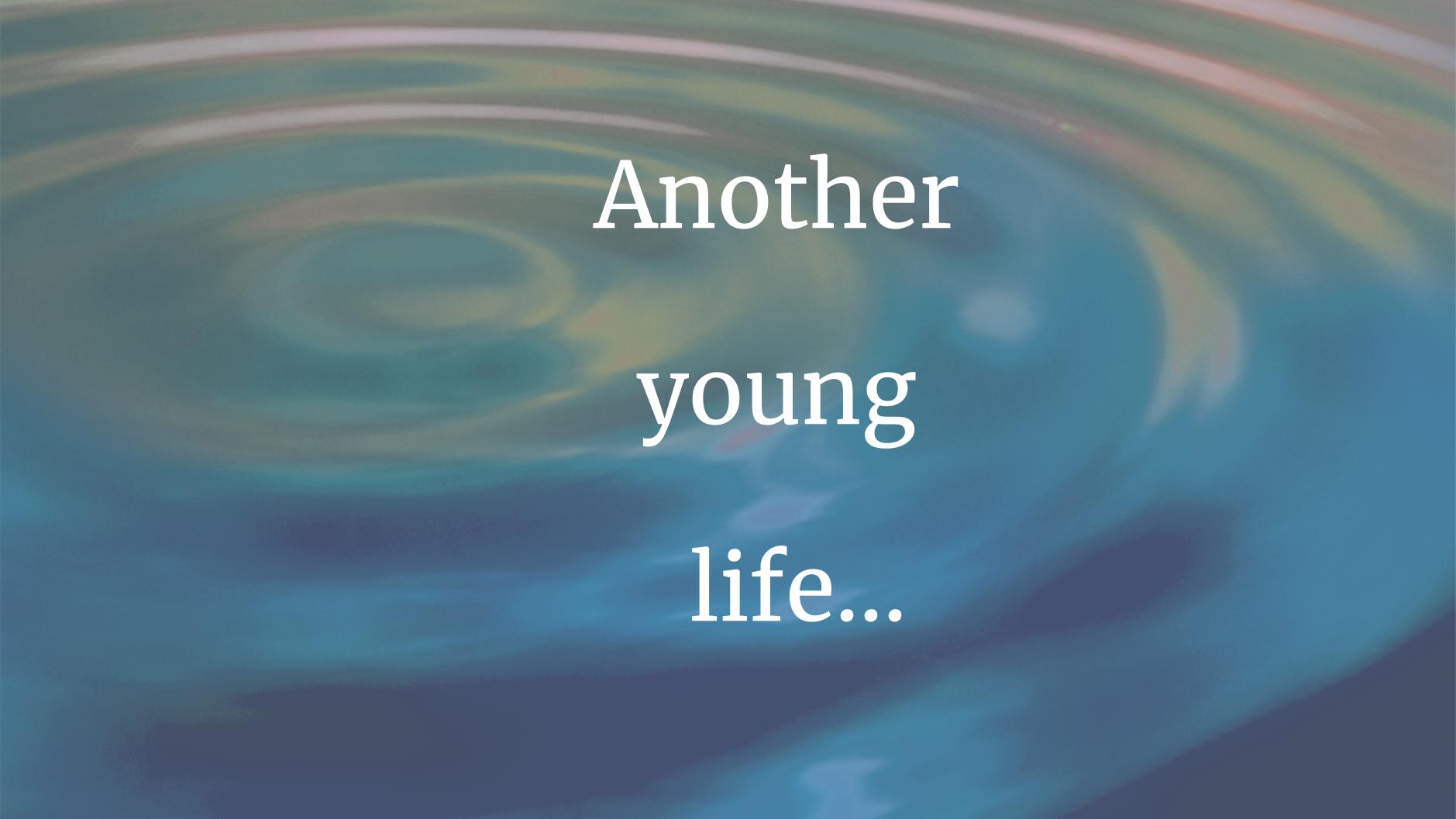
Living-Room Code
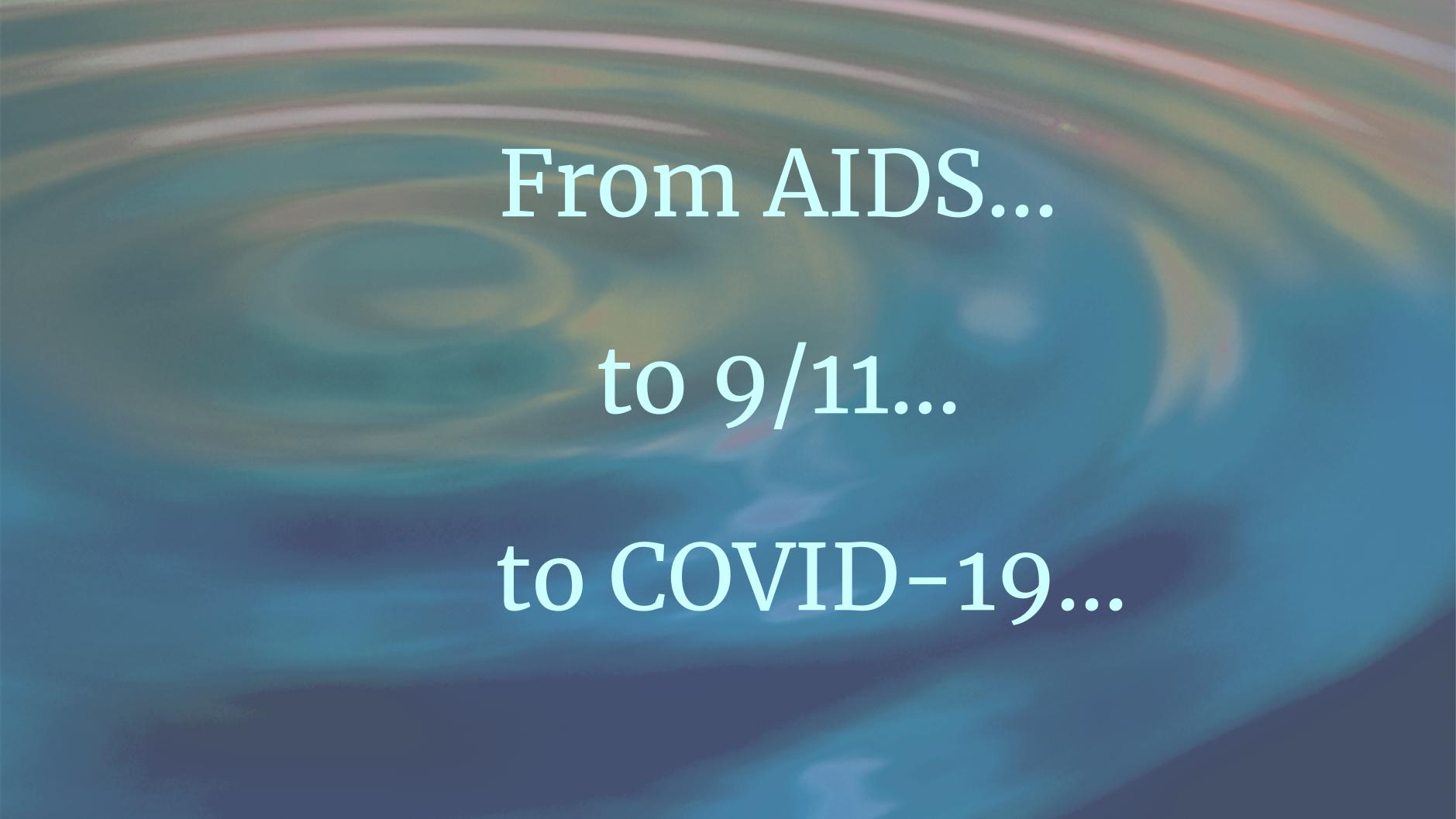
The Last Pandemic
It is day 30+ of New York City’s COVID-19 pandemic. Fire trucks and flashing lights fill the street fronting the hospital emergency department where I’m a physician. The scene erupts into applause and sirens. We doctors, nurses, physician assistants, techs, housekeepers and clerks wave back and flash our individual cardboard letters spelling “Thank You!” It is so good to be outside and, for a few minutes, unafraid. Inside, our ER break room overflows with donated pizzas and pastries. Later we will take cartloads of these up to the jam-packed ICU and medicine floors.
The virus has the world by the throat, and New York City is the epicenter. None of us has ever seen this much death. But all
